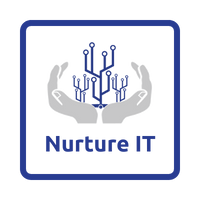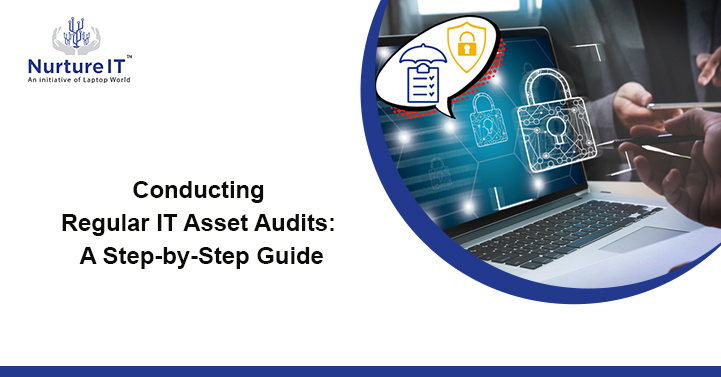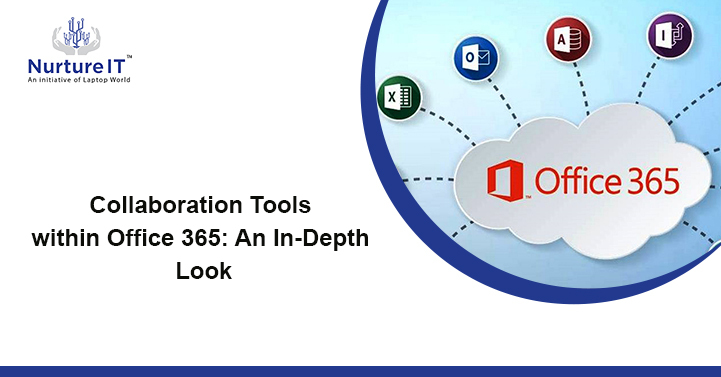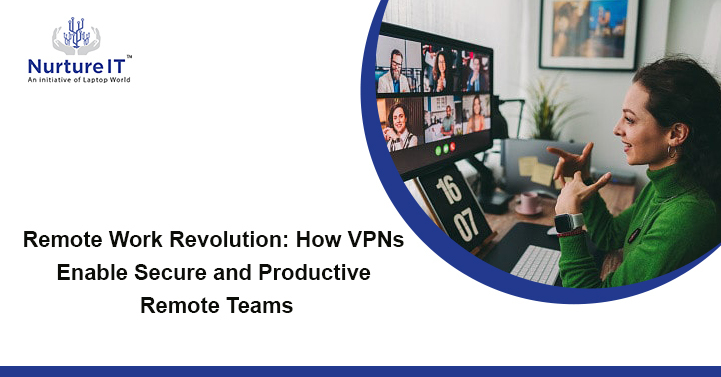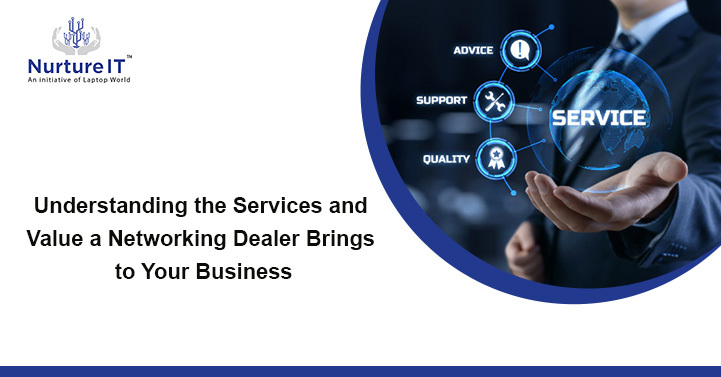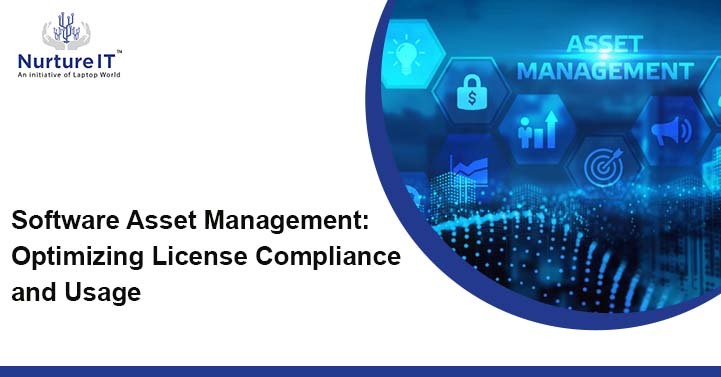Regular IT Asset Audits: A Step-by-Step Guide
People aren’t very careful regarding online security, which can be a problem for both individuals who may become targets of cyberattacks and the companies they work for. This is especially concerning when employees work from home or use company technology while travelling because it can potentially expose the entire company’s entire infrastructure to risks.
Therefore, business owners need to conduct regular IT audits to make sure their systems are secure and their employees are up-to-date on their cybersecurity know-how. Also, these audits provide a way to be sure costs, speeds, and protocols are on point. Our checklist will walk you through the basics if it’s your first time tackling an IT audit.
Nurture IT: Looking to optimise your business operations? Take control with our expert IT Asset Management services.
What is an IT audit?
An IT audit evaluates an organisation’s information technology infrastructure (including devices), policies, and procedures. Its purpose is to guarantee that IT systems are functioning properly and securely and that employees are abiding by security standards by using them safely and correctly.

IT audits help businesses:
- Assure that all of their assets are secure and up to date.
- Identify potential flaws before they can be exploited.
- Maintain privacy and security compliance measures
- Find and address inefficiencies in IT processes before they become a barrier.
- Adapt to evolving security needs and standards.
Nurture IT: Looking to optimise your business operations? Take control with our expert IT Asset Management services.
Depending on the size of your organisation, you can run a single comprehensive IT audit or audit different individual areas of your infrastructure. Based on your IT processes, there are a few different types of IT audits you can consider to strengthen security. Here are some examples:
Cybersecurity audits: These audits look for potential vulnerabilities that hackers or other bad actors can use to get access to protected data.

Enterprise-level IT structure audits: As IT processes scale more effectively when they have a defined structure, it makes sense to analyse how they are organised.
Existing systems and applications audits: Businesses can audit the security measures for all existing applications and systems.
Developing systems and applications audits: As businesses develop new IT systems to meet changing needs, they should be audited to ensure they comply with existing security standards.
Physical IT facility audits: Businesses can conduct audits of the conditions and security measures in place at the physical sites that house their critical IT infrastructure.
Third-party audits: They can help evaluate how well third-party applications perform and how they affect the business’s overall IT infrastructure.
Server audits: These audits assess the company’s overall network security performance and if it meets compliance standards.
Across the board, the goal is to identify the risks associated with your IT systems and find solutions to mitigate them, whether through existing problem resolution, employee behaviour correction, or new technologies.
Nurture IT: Looking to optimise your business operations? Take control with our expert IT Asset Management services.
How to conduct an IT audit
Step 1: Plan the audit
Firstly, you need to decide whether to conduct an internal audit or hire an external auditor to come in and offer a third-party perspective on your IT systems. External audits are more common in large organisations or companies that handle sensitive data. For most companies, an internal audit is more than enough and much less expensive to plan. If you want extra peace of mind, you can set up a yearly internal audit and hire an outside auditor once every few years.

When planning your audit, you’ll need to decide:
- Who will be your auditor (whether you choose an outside auditor or an employee in charge of the audit)?
- When your audit will take place
- What procedures do you need to establish to prepare your employees for the audit
An auditor will most likely speak with different employees and team managers to know about your organisation’s IT workflows, so it’s important to make sure you’re not booking your audit for a time when your employees are overburdened with other tasks.
Nurture IT: Looking to optimise your business operations? Take control with our expert IT Asset Management services.
Step 2: Prepare for the audit
Once you’ve established a general time frame, you must collaborate with your audit team to prepare for the audit itself. A shortlist of things you’ll need to consider in this stage includes:
- Your audit objectives
- The scope of the audit (what areas are being assessed, and at what level of detail the auditor will perform their evaluation)
- How the audit will be documented
- A detailed audit schedule

Keep in mind that the goal of running this evaluation is to understand your infrastructure’s weaknesses clearly and take tailored, actionable steps so you can remedy them.
Nurture IT: Looking to optimise your business operations? Take control with our expert IT Asset Management services.
Step 3: Conduct the audit
Yes, conducting the audit is only the third of five steps in the audit process. This step is self-explanatory—if you follow step two successfully, step three will be carrying out your plan.
Remember that even the best-laid plans might go awry, so this phase also includes overcoming any last-minute roadblocks. Make sure you leave enough time so that you aren’t rushed—missing anything in the audit defeats the point entirely.
Nurture IT: Looking to optimise your business operations? Take control with our expert IT Asset Management services.
Step 4: Report your findings
After completing your audit, you should have a big file of documents with your auditor’s notes, findings, and suggestions. The next step is to compile this data into an official audit report. You will keep this document on file for future reference and to help plan the audit for the next year.

Then, for each audited department, you need to prepare individual reports. Summarise what was evaluated, list the items that don’t need changes, and highlight everything the department is doing really well. Then, give a summary of the vulnerabilities the auditor identified, and categorise them as follows:
- Corrective actions for risks caused by poor adherence to procedures.
- New solutions for vulnerabilities that went unnoticed before the audit.
- If the auditor has highlighted ways to mitigate risks inherent to the department’s work.
Explain the next measures to address the identified risks with each item. In cases where hazards were produced because of purposeful carelessness, you should consult with your HR department for advice on managing the problem.
Nurture IT: Looking to optimise your business operations? Take control with our expert IT Asset Management services.
Step 5: Follow up
Let’s be honest: many (if not most) infrastructure vulnerabilities result from human error. A human error can equally sabotage the solutions your team implements to address audited risks.
Follow up with each team after you deliver the report results to check that corrections were implemented successfully. Follow-ups are a good idea throughout the year to make sure that everything is running smoothly until your next audit.
Nurture IT: Looking to optimise your business operations? Take control with our expert IT Asset Management services.
Automating your IT audits
As your company moves forward with its new solutions in place, set up dashboards for automatic KPI tracking and reporting so that you can measure the impact of each change. As you check in with your team following your audit, pull these reports to analyse performance and resolve any issues that aren’t going as planned.
You can also automate these “check-ins” by monitoring system performance and checking for vulnerabilities. Instead of scheduling individual check-in sessions, you may delegate the heavy labour to your IT and only get involved when you get an alert.
Nurture IT: Looking to optimise your business operations? Take control with our expert IT Asset Management services.
About Nurture IT
Nurture IT, one of the leading IT service providers in Bangalore, offers customised scalable technology solutions specifically designed for our client’s unique needs. Our solutions accelerate growth, reduce costs and enable collaboration. As a preferred partner to technology leaders like Microsoft and Cisco, we deploy the most advanced business technology solutions to ensure optimal reliability, productivity and value.
